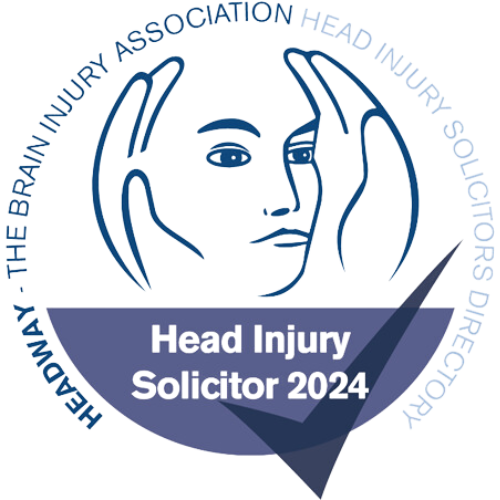Start your FREE Enquiry
How To Report an Accident at Work
All companies, no matter how big or small, can face the risk of an employee injuring themselves at work. No matter what health and safety measures you have in place, accidents can still happen. However, if an accident in the workplace does take place it is important to report the incident using the correct procedures outlined below:
1. Check for signs of immediate danger
The first thing you must do is to assess the current situation to check if there is a risk of further injury or damages if you attend to the injured person. You do not want to put yourself in danger.
If you are able to turn off equipment or vehicles, to manage the risk, this should be done.
2. Make sure that the injured person(s) receive medical assistance
A qualified first aider must check over the injured person and evaluate whether or not they need to seek professional medical help. If the injuries are serious, call 999 immediately and ensure a responsible member of staff goes to the hospital with the injured party.
If the accident was minor, treat the injuries as required by cleaning up wounds, applying bandages etc. It is however important to note that not all injuries are visible to the naked eye, and so it is recommended to be examined by a doctor to check for any potential issues. For example, someone who has knocked their head may have internal bleeding which can lead to deadly consequences if not detected.
3. Record the details in the company accident book
Workplaces are legally obliged to have an accident book. Details of the incident need to be accurately recorded including:
- The name, gender, date of birth and job title of the injured party
- The date of the accident
- The details of what and how the incident occurred
- Specific injury details
- If the injured party is pregnant
- The name and job title of the person logging the details
The information lodged in the accident book should be used to help improve health and safety standards and procedures in the company, to avoid future similar accidents from happening.
4. Conduct a formal investigation
A formal investigation into the causation of the accident should be conducted as early as possible. This includes taking witness statements and taking photos of the area where the incident happened. It’s also important to carry out an enquiry into what caused a machinery fault (if a mechanical fault caused the injury).
5. RIDDOR
RIDDOR (Reporting of Injuries, Diseases and Dangerous Occurrences Regulations) is a health and safety legislation that requires employers, the self-employed and people in charge of premises to report certain types of workplace accidents. Only those deemed ‘responsible persons’ should report accidents under RIDDOR.
The following type of work-related accidents or injuries must be reported in RIDDOR:
-
- Fatal and non-fatal injuries
- Occupational diseases
- Dangerous occurrences – i.e. a near miss when an accident could have occurred
- An incident in which gases have been involved
Reports submitted under RIDDOR must be submitted online, via the HSE website, within 10 days of the incident happening; or within 15 days if the person injured needed to take more than 7 days sick leave from work. The report must include the following details:
-
- The date of submission to RIDDOR
- The details of the person making the submission (name, job title, phone number)
- The details of the company or premises in which the accident occurred (name, address, email).
- The location, date and time of the accident
- The personal details of the injured person (name, job title, phone number)
- A description of the injury, illness or incident
If you fail to report an accident to RIDDOR, you could face paying a fine of up to £20,000 from the enforcing authority.
Any incident that results in an employee being left incapacitated for over 3 consecutive days should be recorded by the employer in their own accident book, but does not necessarily need to be reported to RIDDOR. The recording of the incident in the accident book is enough to comply with the Social Security (Claim & Payments) Regulations 1979 Act.
6. Review risk assessments and update procedures
The final step after an accident or near miss in the workplace is to review risk assessments and internal health and safety policies. This will help you to identify the reasons behind what may have led to the accident happening in the first place and safeguard others in the future.
For more information, read our blog on the importance of reporting an accident at work if you are an employee who has been injured in the workplace.




